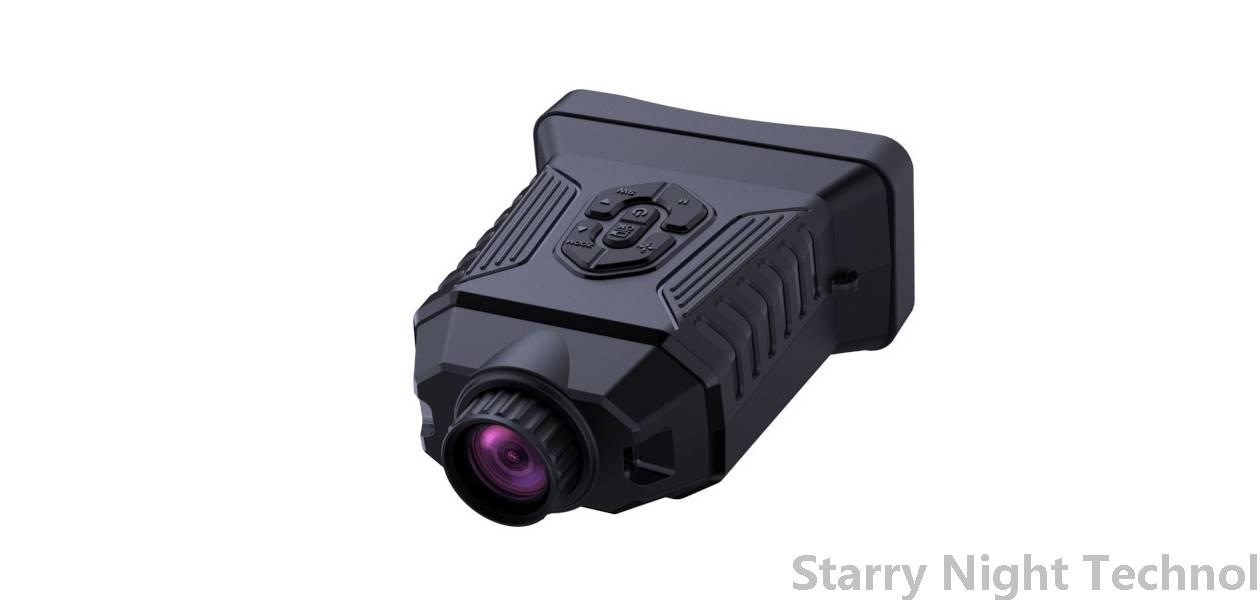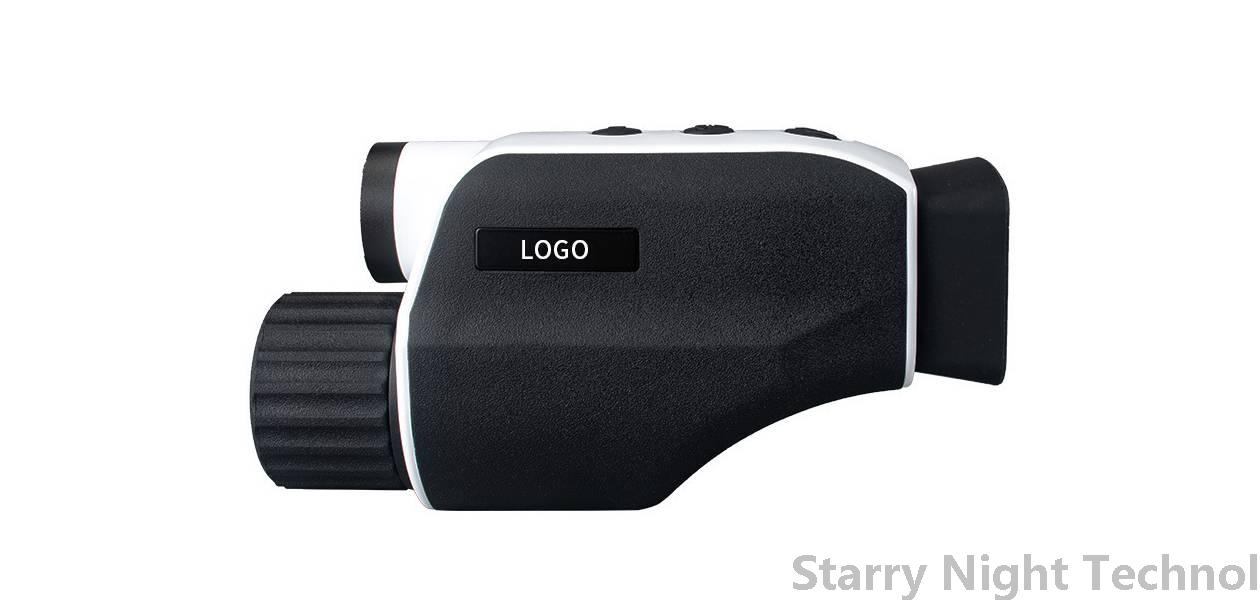Night Vision Technology: The Key to Successful Hunting and Wildlife Monitoring
1758160819000

In the realm of outdoor activities, hunting and wildlife monitoring have always posed unique challenges. Traditional day-time methods may not suffice when it comes to tracking elusive creatures that are active during the night or in low-visibility conditions. Enter night vision technology—an innovation that has revolutionized how hunters and wildlife enthusiasts operate after the sun sets. This article delves into the mechanics of night vision technology, its benefits for hunters and wildlife observers, as well as its ethical considerations.
#### Understanding Night Vision Technology
Night vision devices work by capturing visible light and converting it into images usable in darkness. There are two primary types of night vision technologies: **image enhancement** and **thermal imaging**.
1. **Image Enhancement (Gen I, II, III, IV)**:
These devices amplify available light through a photocathode tube that converts photons (light) into electrons. The process enhances the clarity of images even under minimal lighting conditions, such as starlight or moonlight. Generation systems provide varying levels of amplification; with Gen IV being the most advanced, offering clearer images and better performance in extreme low-light scenarios.
2. **Thermal Imaging**:
Unlike image enhancers, thermal imaging detects infrared radiation emitted from objects, converting heat differences into visual data. Essentially, all living beings emit some level of infrared energy, making this type of device useful regardless of ambient light. Thermal scopes function effectively during both day and night, allowing hunters and wildlife watchers to see animals that generate body heat against colder backgrounds.
While both options present distinct advantages, today's technological advancements ensure that users can choose based on their specific needs and preferences.
#### Advantages of Night Vision for Hunters
The introduction and continuous evolution of night vision technology have profoundly impacted hunting techniques. Here are some key benefits:
1. **Extended Opportunity**: With night vision gear, hunters can extend their outings beyond daylight hours. Many game species are nocturnal, meaning they will only become active under cover of darkness. Thus, utilizing night vision expands potential hunting windows significantly.
2. **Enhanced Target Identification**: High-quality night vision optics allow hunters to recognize animal shapes and movements more clearly, reducing the chances of misidentifying targets. Accurate identification not only ensures ethical hunting practices but also boosts overall safety for both humans and wildlife.
 4. **Stealthy Approach**: Animals tend to associate daytime human movement with danger. A hunter equipped with night vision gear can stealthily approach their target without spooking them, thereby increasing chances for successful takes.
4. **Stealthy Approach**: Animals tend to associate daytime human movement with danger. A hunter equipped with night vision gear can stealthily approach their target without spooking them, thereby increasing chances for successful takes.5. **Improved Wildlife Monitoring**: Beyond hunting, night vision technology plays a critical role in conservation efforts. Researchers utilize these tools to study nocturnal behavior among endangered species, helping conservationists develop effective strategies for habitat management and protection.
#### Ethical Considerations
Though the perks of using night vision equipment are compelling, there are inherent ethical considerations. Responsible use is paramount when engaging in nocturnal hunting or wildlife observation.
1. **Fair Chase Ethics**: Hunters should adhere to philosophies that prioritize fair chase principles. Using night vision adjacent to spotlighting or baiting can skew the ethics of the hunt and cause populations to suffer unnecessarily.
2. **Regulatory Compliance**: Many regions impose strict regulations surrounding the use of night vision while hunting. Ensure awareness of local laws before venturing out with military-grade tech. It’s vital to respect each area's more extensive guidelines on nighttime harvesting.
3. **Wildlife Disturbance**: Just like any tool, improper use of night vision could disturb natural behaviors in wildlife. Modifications to normal feeding, breeding, or hunting routines can result. Thoughtful utilization contributes positively rather than negatively impacts ecosystems.
4. **Education Over Exploitation**: For wildlife monitoring enthusiasts, the goal should remain education over exploitation. Practitioners must strive to learn rather than just observe critters, enriching ecological understanding in ways that build empathy towards nature.
Conclusion
As we forge ahead into an age driven increasingly by innovations in technology, night vision remains one of the powerhouse tools within hunting and wildlife research. Not only does it open doors to new opportunities for pursuing elusive prey, but it also paves pathways for scientific discovery concerning wildlife.
Particularly crucial, however, is a continued commitment to responsible industry practices; ensuring that gamesmanship aligns seamlessly with environmental stewardship fosters harmony between humans and wildlife. Relative to distilling the complex relationship we share with nature down to individual experiences, respectful, ethically informed usage of night vision technology promises rich dividends for years to come. By maintaining the balance of capabilities encouraged through modern tech with mindful engagement, practitioners can harness this extraordinary tool's gifts responsibly, enriching their pursuits while safeguarding our planet's vibrant ecosystems.
Essential night vision device productsStarry Night Technol

